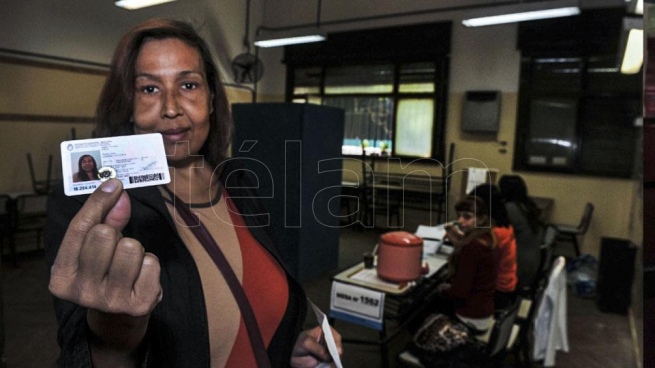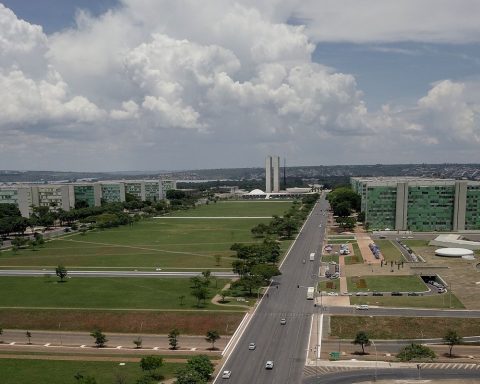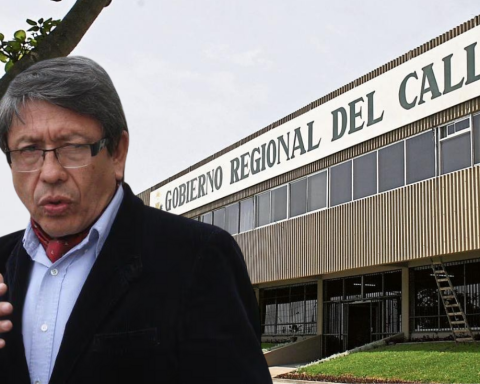Throughout the 10 years that the Gender Identity Law has been in force, 12,655 people have rectified their DNI to match their self-perceived identity, that is, 26 out of every 100,000 inhabitants, according to a report released this Friday by the National Registry of People (Renaper) and the Population Directorate of the Ministry of the Interior.
In this way, The agency provides updated data on May 9, a decade since the enactment of Law 26473 on Gender Identity.
The official study identifies that, of the 12,655 people who rectified their document, six out of 10 who made changes to the “sex” category in the DNI corresponded to the “female” option and four out of 10 to the “male” option, and 2.2% of the people who carried out this procedure are foreigners.
On the other hand, during the last decade, 335 (2.64%) of the people who had obtained their new DNI died within that same period, where it was highlighted that the average age of death was 40 years and 75% He died before the age of 53, when life expectancy in Argentina is 76.6 years, that is, almost double.
Thus, the Renaper statistics confirm what LGBTIIQ+ organizations pointed out almost 20 years ago: the trans population dies before the age of 40 or 45, due to a chain of violations, violence and exclusions that end in “social transvesticide”, if not in a hate crime or plain “transhomicide”.

In addition, since Decree 476/21 that implemented the non-binary DNI for people who do not identify themselves within the “female/male” gender dichotomy, 354 rectifications of DNI with nomenclature “X” have been made.
“The population that changed their gender on the DNI is characterized by being young adults. The current average age is 33 years and half of the population is under 30 years of age.”, details the official report.
The same data disaggregated by gender categories shows that the population of male and non-binary gender who modified their identity documentation is younger than people of female gender.
“When analyzing the evolution of the number of rectification procedures of sex assigned at birth in the DNI, It is observed that in 2012, 1,708 procedures were carried out and in subsequent years a decrease was observed until 2018, when a gradual increase in the number of modifications made began.. In 2020, due to the pandemic, the cases were reduced, however in 2021 a notable increase is observed, resuming the upward trend of previous years,” the document explained.
Regarding the growth that began in 2018, the Renaper report concluded that “it is mainly due to a increase in the number of cases that changed for male gender”, given that trans masculinities went from being 10 to 30 of the rectifications in the period 2011 to 2017, to represent between 45% and 58% of the procedures from 2018 to the present.

When analyzing the age at which the procedure was carried out, it is observed that almost 55% of the population did it between the ages of 18 and 29, and the average age is 28.
Meanwhile, 7.6% of the rectifications were made before turning 17 years old; 55% from 18 to 29; 21.6% from 30 to 39; and 15.9% from 40.
Another noteworthy fact is that Most of the population that changed gender on the DNI resides in the large urban centers of the country and 37.5% corresponds to the Metropolitan Area of Buenos Aires (AMBA)..
“This concentration is greater among people of non-binary gender (52.3%), then among those of the male gender (42.9%) and to a lesser extent among those of the female gender (33.1%)”, pointed out the report.
In the same line, The City of Buenos Aires has the largest number of inhabitants who completed the gender change procedure (47 people per 100,000 inhabitants), followed by the provinces of Salta, La Rioja and Tierra del Fuego (between 37 and 36 people per 100,000 inhabitants).

According to data provided to Télam by the Civil Registry of the City, the older and younger people who agreed to change their DNI in the City of Buenos Aires so that it coincides with their self-perceived identity were 4 and 73 years old, respectively, at the time to carry out the procedure.
The agency also reported In 2021 there were 515 trans, transvestite and non-binary people who managed a new document within the framework of the rights enshrined in Law 26,743, which this Monday celebrates a decade of validity.
Of that total, 151 people perceive themselves as trans femininity, 255 as trans masculinity and 109 as non-binary.
On the other hand, so far this year 138 people agreed to the rectification of the DNI, 39 of them are transfeminities, 66 transmasculinities and 33 non-binary identities.


















